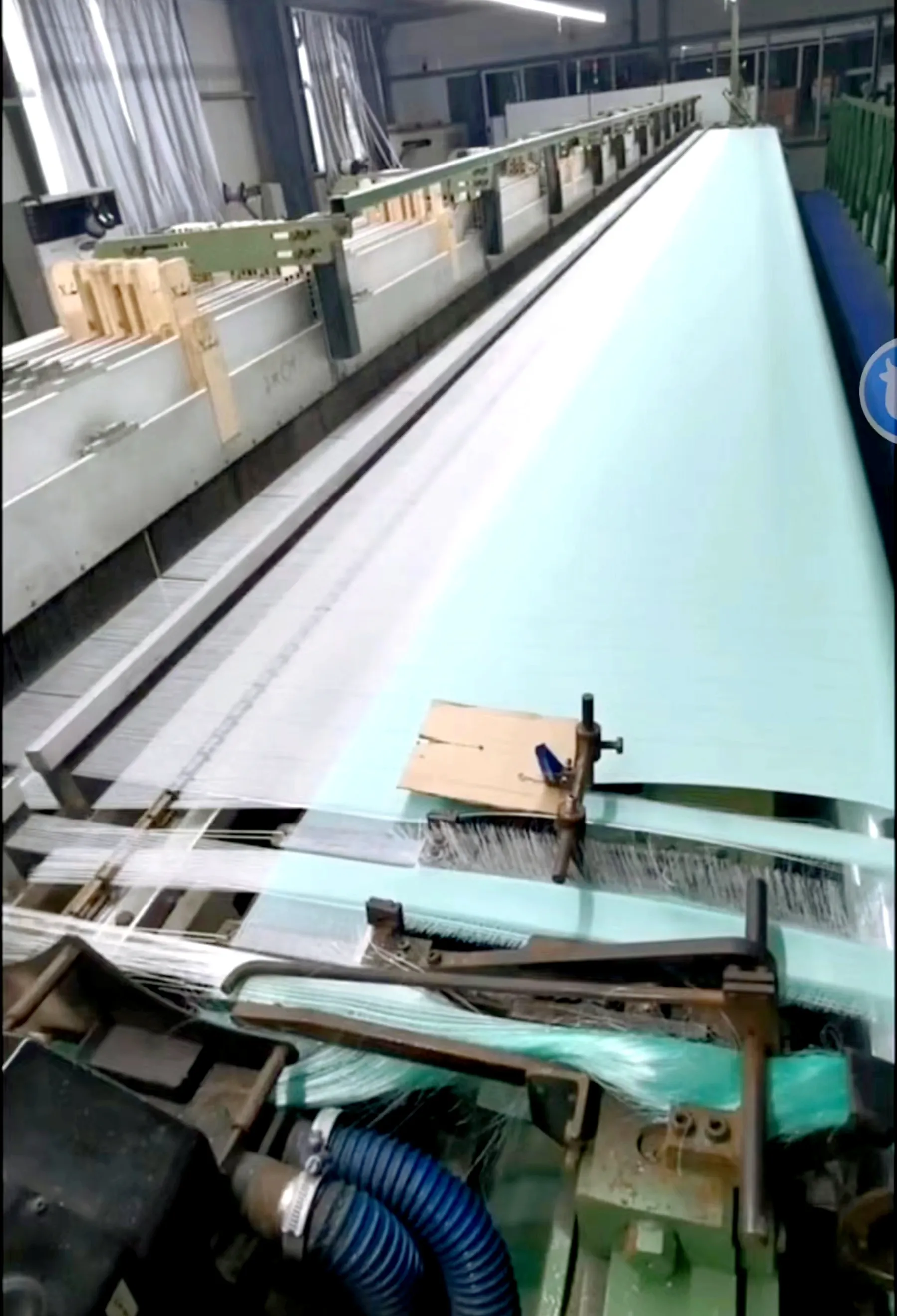-
 Afrikaans
Afrikaans -
 Albanian
Albanian -
 Amharic
Amharic -
 Arabic
Arabic -
 Armenian
Armenian -
 Azerbaijani
Azerbaijani -
 Basque
Basque -
 Belarusian
Belarusian -
 Bengali
Bengali -
 Bosnian
Bosnian -
 Bulgarian
Bulgarian -
 Catalan
Catalan -
 Cebuano
Cebuano -
 China
China -
 Corsican
Corsican -
 Croatian
Croatian -
 Czech
Czech -
 Danish
Danish -
 Dutch
Dutch -
 English
English -
 Esperanto
Esperanto -
 Estonian
Estonian -
 Finnish
Finnish -
 French
French -
 Frisian
Frisian -
 Galician
Galician -
 Georgian
Georgian -
 German
German -
 Greek
Greek -
 Gujarati
Gujarati -
 Haitian Creole
Haitian Creole -
 hausa
hausa -
 hawaiian
hawaiian -
 Hebrew
Hebrew -
 Hindi
Hindi -
 Miao
Miao -
 Hungarian
Hungarian -
 Icelandic
Icelandic -
 igbo
igbo -
 Indonesian
Indonesian -
 irish
irish -
 Italian
Italian -
 Japanese
Japanese -
 Javanese
Javanese -
 Kannada
Kannada -
 kazakh
kazakh -
 Khmer
Khmer -
 Rwandese
Rwandese -
 Korean
Korean -
 Kurdish
Kurdish -
 Kyrgyz
Kyrgyz -
 Lao
Lao -
 Latin
Latin -
 Latvian
Latvian -
 Lithuanian
Lithuanian -
 Luxembourgish
Luxembourgish -
 Macedonian
Macedonian -
 Malgashi
Malgashi -
 Malay
Malay -
 Malayalam
Malayalam -
 Maltese
Maltese -
 Maori
Maori -
 Marathi
Marathi -
 Mongolian
Mongolian -
 Myanmar
Myanmar -
 Nepali
Nepali -
 Norwegian
Norwegian -
 Norwegian
Norwegian -
 Occitan
Occitan -
 Pashto
Pashto -
 Persian
Persian -
 Polish
Polish -
 Portuguese
Portuguese -
 Punjabi
Punjabi -
 Romanian
Romanian -
 Russian
Russian -
 Samoan
Samoan -
 Scottish Gaelic
Scottish Gaelic -
 Serbian
Serbian -
 Sesotho
Sesotho -
 Shona
Shona -
 Sindhi
Sindhi -
 Sinhala
Sinhala -
 Slovak
Slovak -
 Slovenian
Slovenian -
 Somali
Somali -
 Spanish
Spanish -
 Sundanese
Sundanese -
 Swahili
Swahili -
 Swedish
Swedish -
 Tagalog
Tagalog -
 Tajik
Tajik -
 Tamil
Tamil -
 Tatar
Tatar -
 Telugu
Telugu -
 Thai
Thai -
 Turkish
Turkish -
 Turkmen
Turkmen -
 Ukrainian
Ukrainian -
 Urdu
Urdu -
 Uighur
Uighur -
 Uzbek
Uzbek -
 Vietnamese
Vietnamese -
 Welsh
Welsh -
 Bantu
Bantu -
 Yiddish
Yiddish -
 Yoruba
Yoruba -
 Zulu
Zulu
Exploring the Properties and Applications of Composite Steel Materials in Modern Engineering
Understanding Compound Steel Net An Overview of Its Applications and Benefits
In the ever-evolving world of materials science and engineering, compound steel nets, often referred to as compound steel mesh, have emerged as a noteworthy solution that bridges the gap between strength and flexibility. These innovative materials comprise a combination of high-strength steel wires, engineered to create a robust yet versatile structure suitable for a diverse range of applications.
At its core, compound steel net is designed to reinforce and support various types of constructions. Typically, it combines multiple layers of steel wires interwoven or welded together to form a grid-like structure. This design significantly enhances load-bearing capacity, making it an ideal choice for applications in civil engineering, construction, and manufacturing.
One of the primary advantages of compound steel nets is their ability to distribute loads evenly across their surface area. This characteristic is particularly beneficial in construction projects where the integrity of building frameworks is paramount. For instance, when used as reinforcement in concrete slabs, compound steel nets help prevent cracking and ensure the longevity of the structure. In this way, they contribute to safer buildings and infrastructure, making them indispensable in modern engineering practices.
compound steel net

Beyond construction, compound steel nets find extensive applications in the agricultural sector. They serve as protective barriers for crops against pests and harsh environmental conditions. By providing a sturdy yet permeable cover, these nets allow sunlight and moisture to reach the plants while safeguarding them from harmful insects and excessive winds. This dual functionality not only enhances crop yield but also promotes sustainable farming practices.
Another notable benefit of compound steel nets is their adaptability. Available in various sizes, meshes, and coatings, they can be tailored to meet specific project requirements. For example, galvanized or PVC-coated options offer increased resistance to corrosion, making them suitable for outdoor environments. This versatility ensures that compound steel nets can be employed in a wide range of settings, from urban construction sites to rural agricultural fields.
Furthermore, the installation of compound steel nets is relatively straightforward, contributing to overall project efficiency. As they can be prefabricated and transported easily, labor costs and construction timelines can be significantly reduced. This efficiency is crucial in today’s fast-paced construction industry, where time and budget constraints are common.
In conclusion, compound steel nets represent a remarkable advancement in material technology. Their unique combination of strength, flexibility, and adaptability not only enhances structural integrity across various applications but also promotes efficiency in construction and agriculture. As industries continue to seek innovative solutions to meet growing demands, the role of compound steel nets is poised to expand, making them a vital component of modern engineering and design strategies. With continued research and development, the future of compound steel nets looks promising, likely leading to even more applications and improvements in their performance and durability.
-
Shipping Plastic Bags for Every NeedNewsJul.24,2025
-
Safety Netting: Your Shield in ConstructionNewsJul.24,2025
-
Plastic Mesh Netting for Everyday UseNewsJul.24,2025
-
Nylon Netting for Every UseNewsJul.24,2025
-
Mesh Breeder Box for Fish TanksNewsJul.24,2025
-
Expanded Steel Mesh Offers Durable VersatilityNewsJul.24,2025











